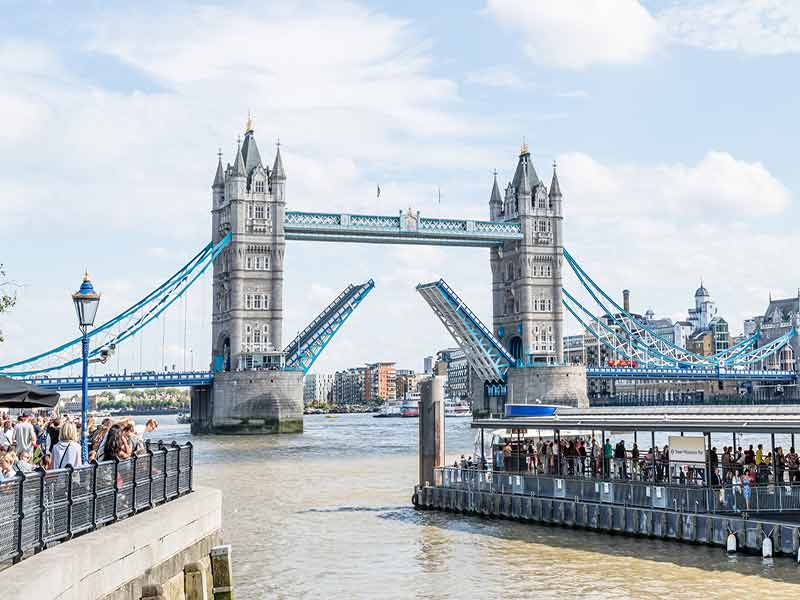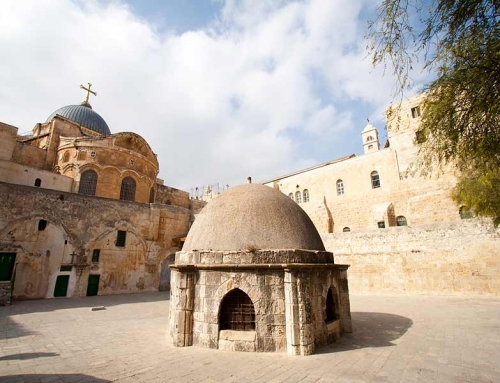The London bridge is the historical center piece of London city
London /ˈlʌndən/ (![]() listen) is the capital and most populous city of England and the United Kingdom.[7][8] Standing on the River Thames in the south east of the island of Great Britain, London has been a major settlement for two millennia. It was founded by the Romans, who named it Londinium.[9] London’s ancient core, the City of London, largely retains its 1.12-square-mile (2.9 km2) medieval boundaries. Since at least the 19th century, “London” has also referred to the metropolis around this core, historically split between Middlesex, Essex, Surrey, Kent and Hertfordshire,[10][11][12] which today largely makes up Greater London,[13][14][note 1] a region governed by the Mayor of London and the London Assembly.[15][note 2][16]
listen) is the capital and most populous city of England and the United Kingdom.[7][8] Standing on the River Thames in the south east of the island of Great Britain, London has been a major settlement for two millennia. It was founded by the Romans, who named it Londinium.[9] London’s ancient core, the City of London, largely retains its 1.12-square-mile (2.9 km2) medieval boundaries. Since at least the 19th century, “London” has also referred to the metropolis around this core, historically split between Middlesex, Essex, Surrey, Kent and Hertfordshire,[10][11][12] which today largely makes up Greater London,[13][14][note 1] a region governed by the Mayor of London and the London Assembly.[15][note 2][16]
London is a leading global city[17][18] in the arts, commerce, education, entertainment, fashion, finance, healthcare, media, professional services, research and development, tourism and transportation.[19][20][21] It is the world’s largest financial centre[22][23][24][25] and has the fifth- or sixth-largest metropolitan area GDP in the world.[note 3][26][27] London is a world cultural capital.[28][29][30] It is the world’s most-visited city as measured by international arrivals[31] and has the world’s largest city airport system measured by passenger traffic.[32] It is the world’s leading investment destination,[33][34][35][36] hosting more international retailers[37][38] and ultra high-net-worth individuals[39][40] than any other city. London’s universities form the largest concentration of higher education institutes in Europe.[41] In 2012, London became the first city to have hosted the modern Summer Olympic Games three times.[42]
London has a diverse range of people and cultures, and more than 300 languages are spoken in the region.[43] Its estimated mid-2016 municipal population (corresponding to Greater London) was 8,787,892,[3] the largest of any city in the European Union[44] and accounting for 13.4% of the UK population.[45] London’s urban area is the second most populous in the EU, after Paris, with 9,787,426 inhabitants at the 2011 census.[46]The city’s metropolitan area is the most populous in the EU with 14,040,163 inhabitants in 2016,[note 4][2] while the Greater London Authority states the population of the city-region (covering a large part of the south east) as 22.7 million.[47][48] London was the world’s most populous city from around 1831 to 1925.[49]


